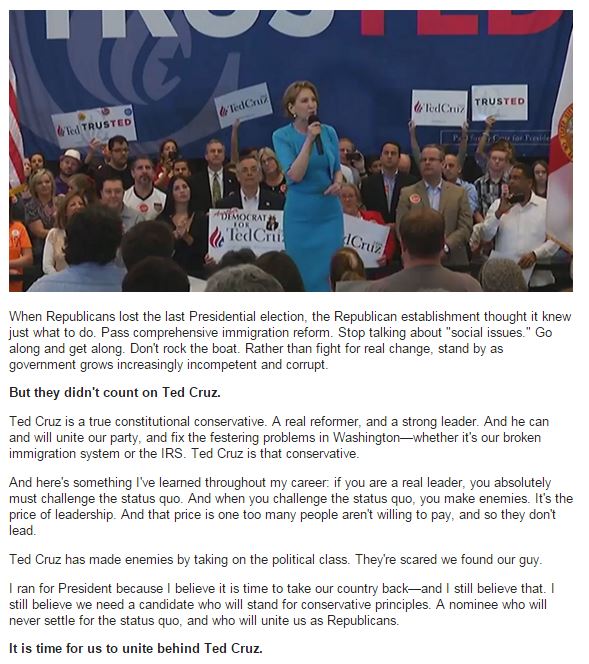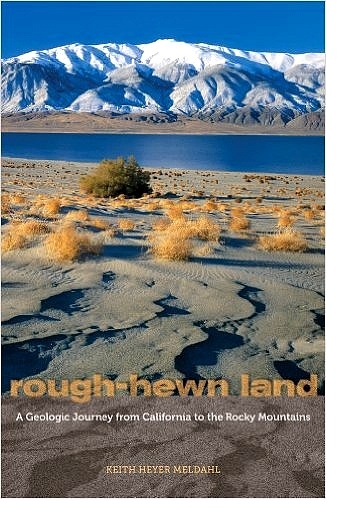“There’s a difference between the West and the Non-West”
Mr Hanson demonstrates not just what we owe to the Greeks, but how many of the issues they struggled with we still struggle with today: how to look at and understand the world, immigration and assimilation, voting rights, poverty and income equality, social justice, socialism and egalitarianism, and the role and rights of women in society.
Just from the opening:
“Places like India and China are becoming much more like us, if I can use that controversial term, than we are like them. And in our period here at home the irony of all this change, as it expands from the center, I think at the same time there’s never been a period in the West when people who are Western have so little confidence in what they have to offer the world. At the very time that India and China and South Korea and Latin America are embracing Western civilization, we in the West are questioning it. So much so that we created this alternative protocol called Multiculturalism. It sounds great, study all cultures. Two things to remember about it. The Greeks started Multiculturalism with people like Xenophon and Herodotus that were inquisitive and empirical, inductive in their interest in Persian and Egypt. And second, it doesn’t mean study all cultures, it means to advance them as equal to Western culture. I have no problem with that except it’s intellectually dishonest.
Because privately, we in the United States, and indeed in Europe as well, we live two lives. We profess a multicultural utopia, that all the world and the cultures and all the history are all of relatively equal merit, even though we see that China and India and all these countries are adopting business practices, language practices, transparencies like our own. But then we don’t live this multicultural dogma. If I can be very blunt and controversial, if we all want to travel and you have a choice between flying Nigerian Airlines and United, you’ll take United…If you want to say, you happen to be an atheist – God forbid – in this audience, but if you said ‘God is dead!’ you better do it in Salt Lake City – Mormon as it is! – than try to do it in Saudi Arabia where you’ll be executed.
Is it because of race? No. Is it because of genes? No. It’s because of a particular culture, a particular way of looking at the world. What is that way of looking at the world? Primarily it’s empirical. That a person starts his existence without preconceptions. We inherited that from the Socratic tradition. We are not deductive, we don’t start with a premise and make the premise fit the examples. We look at the examples…and then we come up with conclusions about it. The scientific method.
What else is this Western idea? It’s the idea that a person, an individual, has inalienable rights. We see that best epitomized in our own Constitution. But it goes back to Greece.”
And I’ll conclude with a spoiler from his finish because I think it’s so profound. Describing the fall of Rome to a band of thugs after a much smaller Roman Republic had defeated much larger and more dangerous threats:
“Fast forward to the 5th century AD, is this the Roman Republic, 1/4 of Italy? No. It now encompasses 70 million people, from Mesopotamia in the East to the Atlantic ocean in the West, to above Hadrian’s Wall in the North to the Sahara Desert in the South, one million square miles. And they’re attacked, not by a formidable power, the inheritor of classical military science like Hannibal, but a thug like Atilla with some Huns and Visigoths and Vandals. By any measure, the threat was nothing compared to the threat that Romans faced when it was much, much smaller. But why in the world could they not defend themselves….?
The answer is…in 216 BC a Roman knew what it was to be a Roman. And they were under no illusions that they had to be perfect to be good. All they believed was they had an illustrious tradition that was better than alternative and could be better even more…In 450 AD I don’t think the average person who lived under the Roman Empire…knew what it was to be a Roman citizen, he did not believe that it was any better than the alternative. And when that happens in history, history is cruel, it gives nobody a pass. If you cease to believe that your country’s exceptional and has a noble tradition, and it is good without without being perfect, and it’s better than the alternative – If you cease to believe that! – there’s no reason for you to continue, and history says you won’t. And you don’t.”
Can we learn and change course? Or are we doomed to travel that road once more?


 Keith Meldahl, a geologist and professor of geology, has written one of the most interesting
Keith Meldahl, a geologist and professor of geology, has written one of the most interesting